What is the Easiest 3D Modeling Software to Learn?
3D modeling has revolutionized the design and creative industries, enabling artists, architects, and engineers to bring their ideas to life in a virtual space. However, for beginners, the sheer number of available tools can be overwhelming. With so many options, each offering its own set of features, finding the right software that is both powerful and easy to learn can be a daunting task. The purpose of this article is to help beginners identify the easiest 3D modeling software to learn, focusing on user-friendly interfaces, available resources, and community support.
The Importance of Choosing the Right 3D Modeling Software
Selecting the right 3D modeling software is crucial, especially for beginners. A tool that is too complex can be discouraging and hinder the learning process, while one that is too basic might limit creative potential as skills develop. It's essential to find a balance—a program that is easy to grasp but still robust enough to grow with you as you gain confidence and expertise.
Top Easy-to-Learn 3D Modeling Software
Here’s a breakdown of some of the easiest 3D modeling software to learn for beginners, along with the reasons why they stand out.
1. Tinkercad
Tinkercad, an online 3D modeling tool by Autodesk, is one of the most beginner-friendly software available. Designed with simplicity in mind, Tinkercad allows users to create 3D models by combining basic shapes like cubes, cylinders, and spheres. Its drag-and-drop interface is intuitive, making it an ideal choice for those who are completely new to 3D modeling.
User-Friendly Interface: Tinkercad’s interface is straightforward, with tools and functions that are easy to find and use.
Online Platform: No downloads or installations are required; everything runs directly in your web browser.
Educational Resources: Tinkercad offers tutorials and lessons that guide users through the basics, making learning accessible and engaging.
Community Support: Tinkercad’s active community shares projects and designs, providing inspiration and support for beginners.
While Tinkercad is limited in terms of advanced features, it’s a great starting point for anyone looking to learn the basics of 3D modeling without feeling overwhelmed.
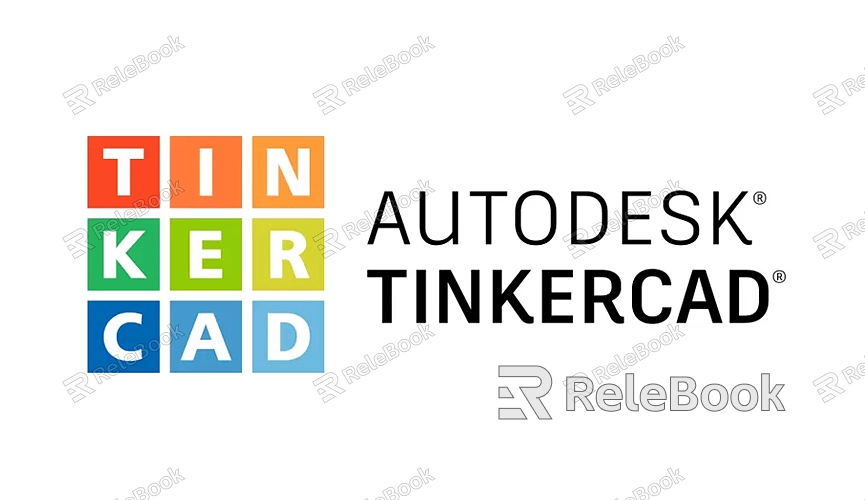
2. Blender
Blender is a powerful, open-source 3D modeling tool known for its versatility and comprehensive feature set. Although it is a professional-grade software, it has a strong following among beginners due to its extensive library of tutorials and community support. Blender is used for everything from simple modeling tasks to complex animations and visual effects.
Comprehensive Features: Blender offers a wide range of tools for modeling, texturing, rendering, and animation, making it a one-stop shop for all your 3D needs.
Extensive Learning Resources: The Blender community has created an enormous library of tutorials, from basic introductions to advanced techniques.
Customizable Interface: While the initial learning curve might be steep, Blender’s interface can be customized to fit your workflow, making it easier to learn over time.
Open Source: Blender is free to use, with no limitations on features or exports, making it an excellent choice for those on a budget.
For beginners willing to invest a bit more time in learning, Blender offers immense creative potential and is a tool you won’t outgrow.
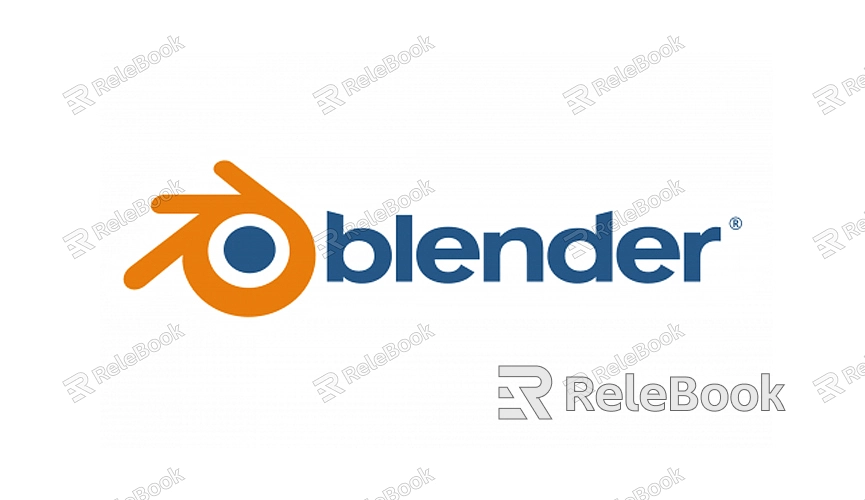
3. SketchUp
SketchUp is known for its easy-to-learn interface and is widely used in architectural and interior design. Originally developed by Google, SketchUp has a focus on simplicity and ease of use, making it a popular choice for beginners looking to create 3D models quickly.
Intuitive Design: SketchUp’s tools are designed with simplicity in mind, allowing users to create detailed 3D models with minimal effort.
Push/Pull Tool: One of SketchUp’s standout features, the Push/Pull tool, allows users to extrude 2D shapes into 3D objects with just a click and drag.
3D Warehouse: SketchUp’s 3D Warehouse offers a vast library of pre-made models that you can download and modify, helping you learn by example.
Free Version Available: While SketchUp offers a paid Pro version, the free version is more than sufficient for beginners and small projects.
SketchUp’s balance of simplicity and functionality makes it an excellent choice for those interested in architecture or interior design, but it’s versatile enough for other types of 3D modeling as well.
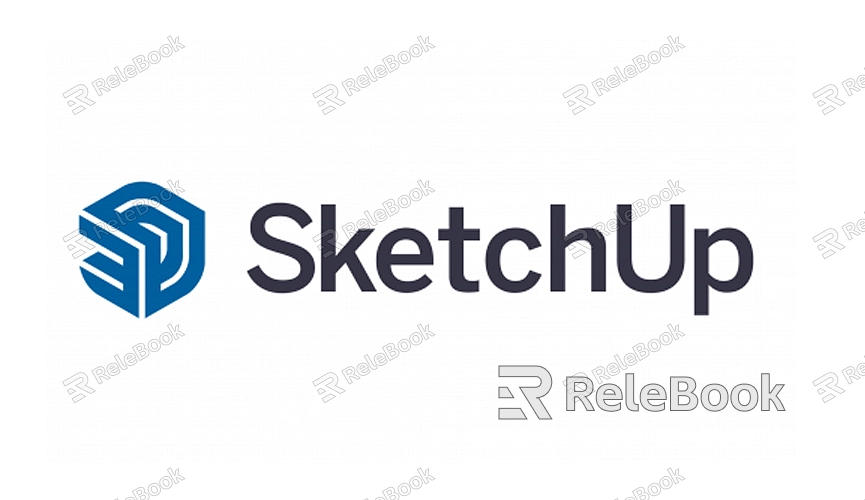
4. ZBrushCoreMini
ZBrushCoreMini is a streamlined version of ZBrush, a popular sculpting tool used by professionals in the gaming and film industries. ZBrushCoreMini focuses on sculpting, allowing users to create detailed 3D models with a virtual clay-like interface. Its simplicity makes it ideal for beginners interested in character design and artistic modeling.
Simplified Interface: ZBrushCoreMini strips away the complexity of the full ZBrush software, focusing on the essentials needed to start sculpting.
Real-Time Sculpting: The software’s real-time feedback allows for a more natural sculpting experience, making it easier to learn and experiment.
Great for Artists: If you’re more interested in sculpting and organic modeling rather than technical modeling, ZBrushCoreMini is an excellent starting point.
Free to Use: ZBrushCoreMini is available for free, providing a cost-effective way to get started with sculpting.
For those who enjoy hands-on creativity and want to explore the world of 3D sculpting, ZBrushCoreMini offers a gentle introduction.
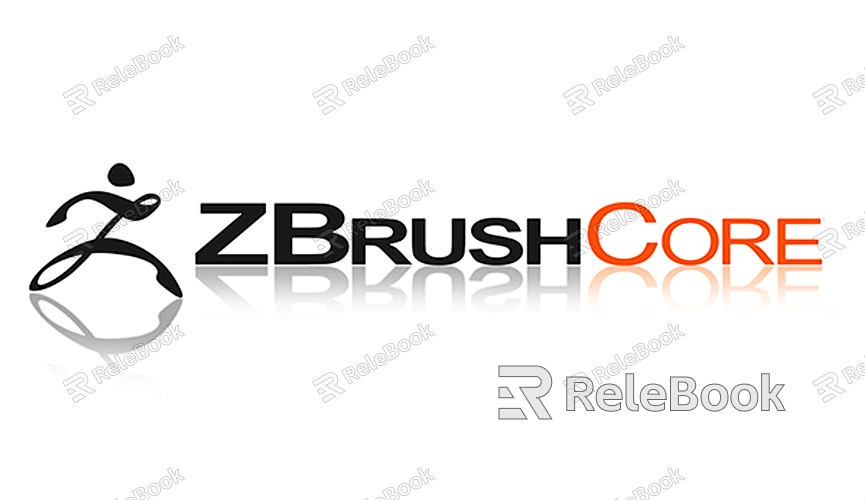
5. Fusion 360
Fusion 360, another Autodesk product, is geared towards engineers and product designers. It offers powerful tools for creating precise models, but its user interface and cloud-based collaboration features make it surprisingly accessible for beginners.
Parametric Modeling: Fusion 360’s parametric tools allow users to create models based on precise measurements, making it a great choice for product design.
Integrated CAD/CAM: Fusion 360 combines CAD (computer-aided design) and CAM (computer-aided manufacturing) tools in one platform, streamlining the design-to-production process.
Cloud Collaboration: Fusion 360’s cloud-based platform enables easy sharing and collaboration, making it ideal for projects that involve multiple stakeholders.
Educational License: Autodesk offers free licenses to students, educators, and hobbyists, making it accessible to those learning the software.
Fusion 360 is an excellent choice for those interested in engineering, industrial design, or product development, with a user-friendly interface that makes learning easy.
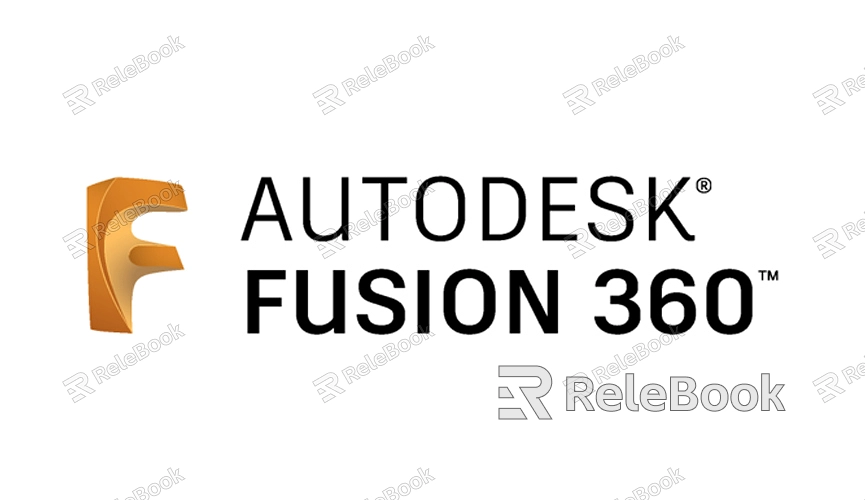
How to Choose the Right Software for You
Choosing the right 3D modeling software depends on your goals, interests, and learning style. If you’re looking for the simplest introduction to 3D modeling, Tinkercad or SketchUp might be the best starting point. If you’re willing to invest more time and want a tool with more advanced capabilities, Blender or Fusion 360 could be the right fit. For artists and sculptors, ZBrushCoreMini offers a unique, creative approach to 3D modeling.
When selecting your software, consider the following:
1. Your End Goal: Are you interested in architecture, product design, character modeling, or general 3D art?
2. Ease of Use vs. Feature Set: Do you prefer a simple interface, or are you willing to tackle a steeper learning curve for more powerful tools?
3. Community and Resources: Does the software have a strong community and plenty of tutorials to help you learn?
The easiest 3D modeling software to learn depends on your specific needs and what you aim to achieve with your 3D models. Tools like Tinkercad and SketchUp are excellent for beginners looking for simplicity, while Blender and Fusion 360 offer more advanced features for those willing to spend more time learning. ZBrushCoreMini provides a great entry point for those interested in sculpting.
Ultimately, the best way to find the right software is to try out a few and see which one feels the most intuitive and aligns with your creative goals. Once you’ve mastered the basics, you can always explore more advanced tools or features within your chosen software. For those ready to dive into 3D modeling, start your journey by downloading 3D models and textures from Relebook today.
FAQ
How long does it take to learn 3D modeling?
The time it takes to learn 3D modeling varies depending on the complexity of the software and your dedication. Basic skills can be learned in a few weeks, but mastering advanced techniques may take months or even years.
Can I use 3D modeling software for free?
Yes, several 3D modeling software options like Blender, Tinkercad, and SketchUp Free offer powerful tools at no cost. Additionally, Autodesk provides free educational licenses for Fusion 360.
Is 3D modeling difficult to learn?
The difficulty of learning 3D modeling depends on the software you choose and your previous experience. With user-friendly tools like Tinkercad and SketchUp, beginners can start creating simple models quickly.
Which 3D modeling software is best for beginners?
Tinkercad is often recommended for absolute beginners due to its simplicity. For those looking for more advanced features while still being beginner-friendly, SketchUp and Blender are excellent choices.

